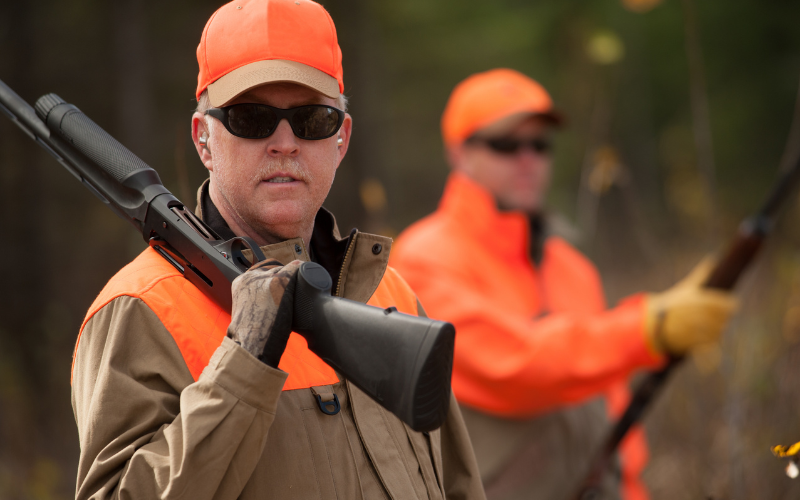
Preparing for the 2025 Fall Hunting and Trapping Season in Wisconsin
As the warm days of summer gradually give way to the cool, crisp air of autumn, hunters and trappers across Wisconsin begin their preparations for one of the most anticipated times of the year. The state’s natural landscapes, from dense forests to open fields, come alive with activity as wildlife begins its seasonal migration and behavior shifts. This transition marks the start of the fall hunting and trapping season, a time that brings excitement, tradition, and opportunity for outdoor enthusiasts.
The Wisconsin Department of Natural Resources (DNR) has recently released its comprehensive 2025 fall hunting and trapping forecasts. These reports serve as essential guides for those planning to spend time in the field, offering detailed insights into the expected conditions and behaviors of various game species. The information provided is invaluable for both seasoned hunters and newcomers looking to make the most of their time in the outdoors.
Key Species to Watch
The 2025 forecasts cover a wide range of popular game animals, including deer, bear, turkey, upland game birds, migratory birds, and furbearers. Each of these species plays a significant role in Wisconsin’s hunting culture and ecosystem. Understanding their population trends, movement patterns, and habitat preferences can greatly enhance the chances of a successful hunt.
- Deer: White-tailed deer remain one of the most sought-after game animals in the state. The DNR provides data on buck-to-doe ratios, antler development, and overall herd health, helping hunters make informed decisions about where and when to focus their efforts.
- Bear: Black bears are also a key species for many hunters. The forecasts include details on bear activity levels, denning patterns, and potential hotspots for sightings.
- Turkey: Both eastern and osprey turkeys are targeted during the fall season. The reports highlight areas with strong populations and offer tips for tracking these elusive birds.
- Upland Game Birds: Species such as pheasants, quail, and partridges are covered in the forecasts, with information on habitat quality and population numbers.
- Migratory Birds: Waterfowl, like ducks and geese, are an important part of the fall hunting experience. The DNR provides updates on migration timing and bird concentrations.
- Furbearers: Animals such as raccoons, foxes, and beavers are also included in the forecasts, with guidance on trapping strategies and legal regulations.
How the Forecasts Are Developed
The 2025 fall hunting and trapping forecasts are based on a combination of scientific research, field observations, and expert analysis. Wildlife biologists and resource managers gather data throughout the year, monitoring population trends, habitat conditions, and environmental factors that influence animal behavior. This information is then compiled into a user-friendly format that helps hunters and trappers make educated choices about their activities.
By reviewing these forecasts, individuals can better plan their outings, ensuring they are prepared for the challenges and opportunities that the season presents. Whether it's choosing the right location, adjusting equipment, or understanding local regulations, the information provided serves as a valuable tool for anyone who spends time in Wisconsin’s natural environment.
Conclusion
As the fall season approaches, the 2025 hunting and trapping forecasts offer a wealth of knowledge that can enhance the experience for all participants. With careful planning and a solid understanding of the local wildlife, hunters and trappers can look forward to a rewarding and memorable season in Wisconsin.
